This article is written by Francesca Albini
When my inkjet printer tells me that my cartridges are empty, what it really means is that it’s time to buy new cartridges, although there is still a lot of ink in the “empty” ones. My first attempt at recycling the ink for my art was unsuccessful: I tried to open them. I don’t suggest you go down that route, unless you know what you are doing (please let me know if you do). What I do now is I rub a cotton bud over the spongy bit, where the ink normally comes out. If I want to use the ink in a painterly way, I then rub the inky cotton bud over an old CD jewel case and then I pick up the ink with a wet brush, as I would with normal ink or watercolour. If I have more than one cartridge, then I can mix the colours on the jewel case as I would on a palette. (I use the jewel case technique also to paint with any kind of water based markers – just rub the tips on it.) For a grungier effect, I can draw directly with the inky cotton bud.
In the first two works, I was also experimenting with backgrounds for this inkjet art. I love testing pens and trying different marks. The result is usually a quite colourful scrap of paper that sadly gets thrown away. So I wanted to see if I could rescue it, by perhaps scanning and manipulating it with a photo editing programme. The result I liked the most came out looking like some kind of camouflage design, and that prompted the idea of adding a soldier, painted with magenta and black inkjet cartridges (that’s all I had).
I continued experimenting with more manipulation of the pen testing paper, using a pattern-making plug-in. This second background reminded me of vegetation, perhaps a dark, lush jungle, so I added some flowers, using gesso for the petals and inkjet inks, applied both with a cotton bud and an old dry felt-tip pen. I found the felt-tip pen a bit tricky.
The last piece of the series of inkjet art is just one of my doodles done with a cotton bud. As the character looked a bit old-fashioned, I decided to give him a vintage background. I happened to find a 45 vinyl record on the stairs (yes we live like this in this household!), scanned it, copied it on different layers using different blending modes, and that completed the scene with the right atmosphere for this funny looking guy.
Next time you have to change a cartridge, try one of these techniques or discover your own. Inkjet inks and art are wonderfully bright and vivid.
~*~*~*~*~*~*~*~*~*~*~*~*~*~*~*~*~*~*~*~*~*~*~*~*~
Francesca is a visual artist using pretty much everything she finds around her to record and relive feelings and memories of places and emotions. She collages, paints, draws, photographs. Francesca loves mixing modern technology, such as mobile phone apps, with the simplest of tools such as glitter glue, crayons and other children’s art supplies. Read her blog at http://franjournal.blogspot.com/
~*~*~*~*~*~*~*~*~*~*~*~*~*~*~*~*~*~*~*~*~*~*~*~*~
.
.
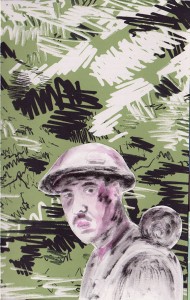
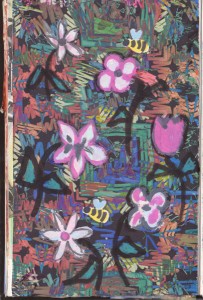
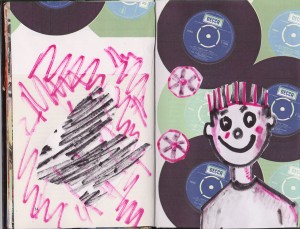
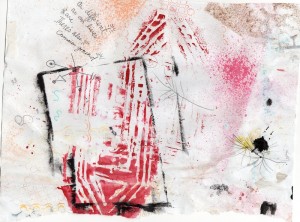
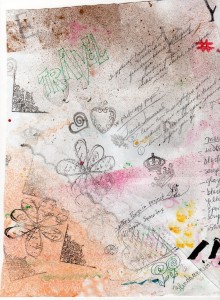
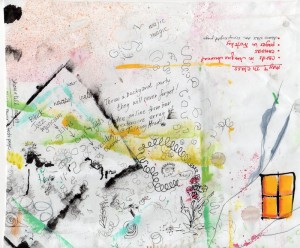
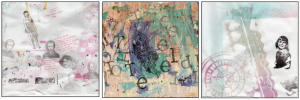
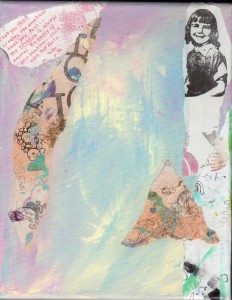
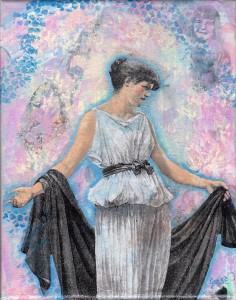
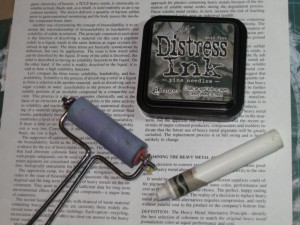
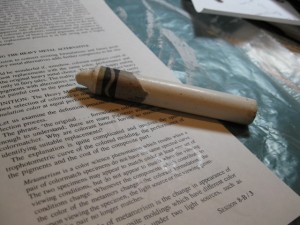
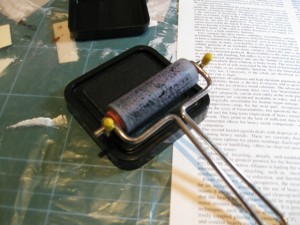
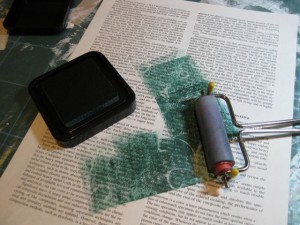
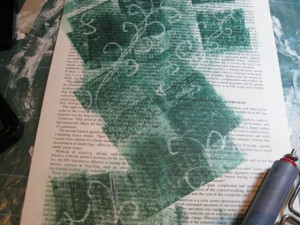
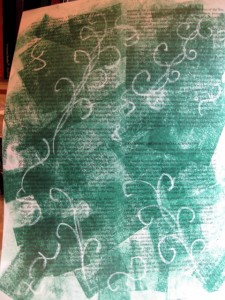
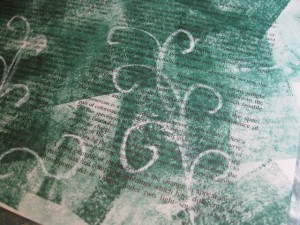
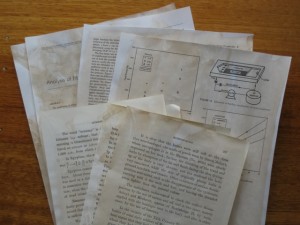
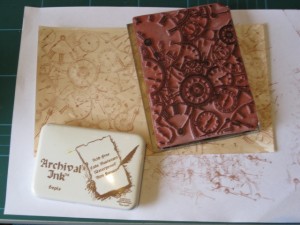
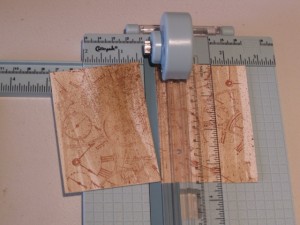
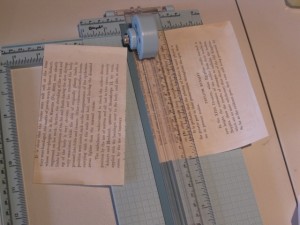
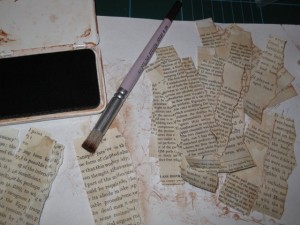
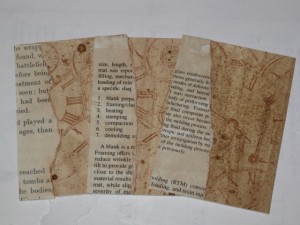
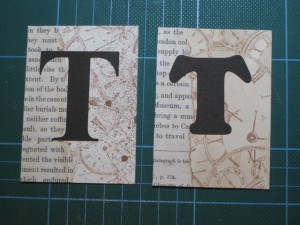
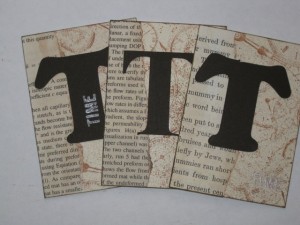
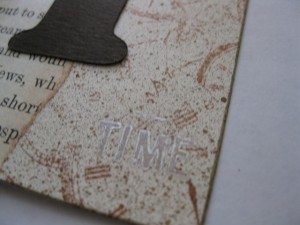



Recent Comments